
ONE OF THE MOST distinctive experimental locomotives of the 1930s was the Pennsylvania Railroad’s S1-class Duplex-drive 6-4-4-6 locomotive. Originally developed as a replacement for the railroad’s venerable K4s 4-6-2 Pacific locomotives, the big S1, of which only one was built, was designed to be a high-speed passenger engine, capable of hauling a 1,200-ton train at […]
Read More…
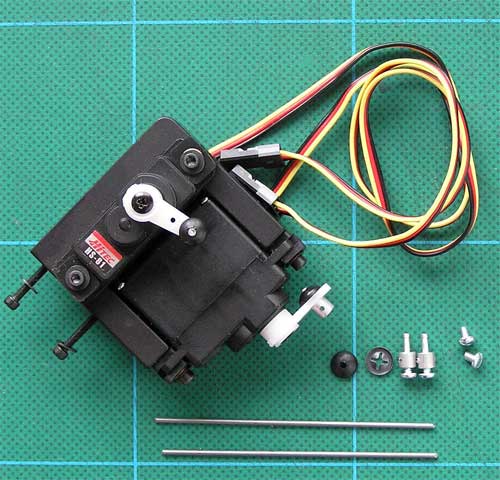
Vance Bass Servo bracket unit for Accucraft RubyElectronic Model Systems22605 East La Palma Avenue, Ste. 516Yorba Linda CA 92887Price: $129 + shippingWeb site: www.rc-steamers.com Anodized aluminum bracket; two micro-servos; mounting hardware; mounts in Ruby cabPros: Compact unit makes easy work of installing R/C servos in a Ruby live-steam locomotive; elegant, sturdy, and attractive packageCons: None […]
Read More…
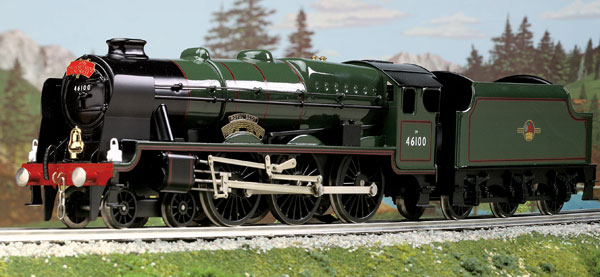
THE ROYAL SCOT is British manufacturer Bassett-Lowke’s latest modern re-creation of one of its own classic prewar O gauge locomotives. The London, Midland & Scottish Railway (LMS) created the Royal Scot to boost its express service in the competitive London-to-Glasgow passenger market. The first batch of 50 engines was ordered from the North British Locomotive […]
Read More…
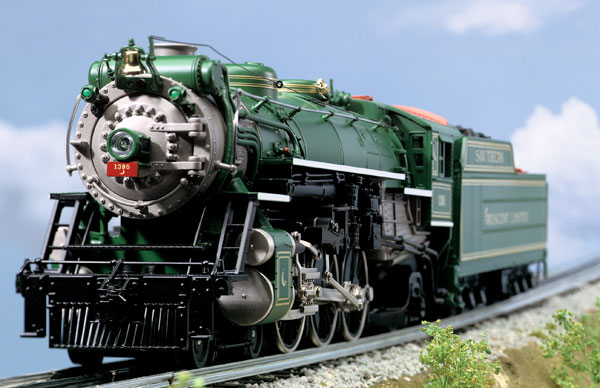
FEW OF THE locomotives that I’ve reviewed strike me as elegant. After all, in the real world these were just machines made to pull heavy loads. All the same, I would even forsake my beloved New York Central to say that the Southern Railway Ps-4-class 4-6-2 Pacific in that railroad’s wonderful green, gold, and white […]
Read More…
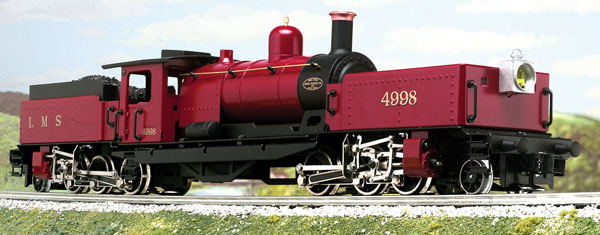
WHAT YOU’RE LOOKING AT is not a locomotive DNA experiment gone terribly wrong. It’s a steam locomotive known as a Garratt. A fellow named H.W. Garratt came up with a patented design for an articulated locomotive with a water tank up front, a boiler in the middle, and a coal bunker (and smaller water tank) […]
Read More…

THE K-LINE K4s 4-6-2 Pacific locomotive needs little introduction to railroad hobbyists because the prototype steamer was the standard Pacific-type favored by the Pennsylvania Railroad. In its search for the perfect 4-6-2, an engine that could adequately handle freight or passenger work, the Pennsy stumbled onto the K4s design and liked it so much that […]
Read More…
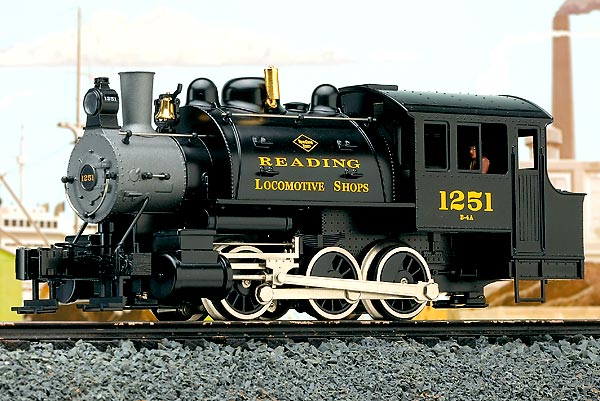
LET ME SAY RIGHT OFF THE BAT, this is the sort of quality entry-level locomotive that Lionel should have come out with five years ago! But I’m not complaining, because it’s here now and it’s a winner! While Lionel has offered a few saddle tank locomotives in the past, this model is brand new. It […]
Read More…

ONE OF THE MOST distinctive locomotive styles on any railroad – real or 1:48 scale – is the “Camelback,” also known as “Mother Hubbard.” The name “Camelback” came from the early days of railroading, when some steam locomotives were designed with their cabs atop the boiler. “Mother Hubbard” referred to locomotives that had the engineer […]
Read More…
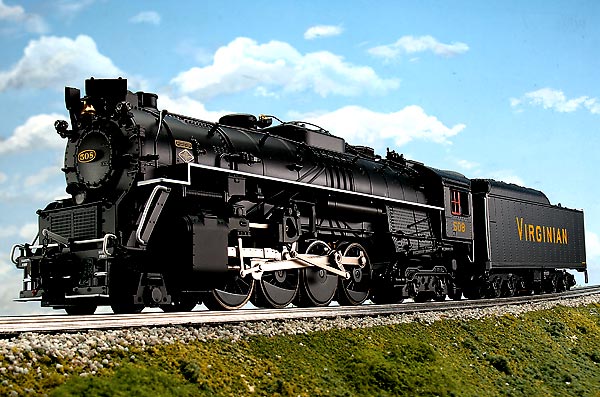
WORN DOWN BY THE Depression and the war years, the Virginian Railway embarked on a program in the 1940s to revive its aging fleet of locomotives using existing designs developed for railroads briefly owned by the Van Sweringen Brothers (Chesapeake & Ohio, Erie, Nickel Plate Road, and Pere Marquette). From these plans the Virginian produced […]
Read More…
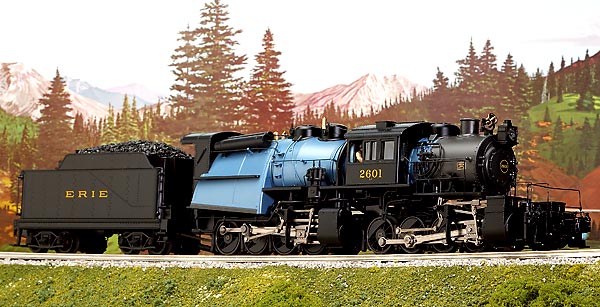
AMONG THE MOST MASSIVE locomotives on North American rails just about 100 years ago was the 0-8-8-0. Surprisingly, 85 locomotives with this wheel arrangement were in service in the early years of the 20th century. Surely the most interesting of them all were the Camelback, or Mother Hubbard, 0-8-8-0s run by the Erie Railroad. The […]
Read More…
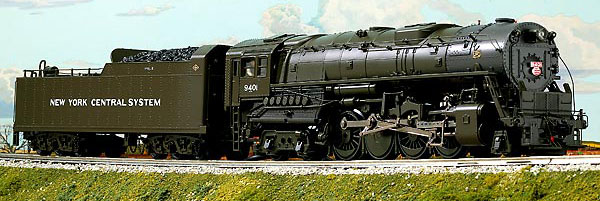
THE STORY OF THE A2a-class Berkshires of the Pittsburgh & Lake Erie Railroad is a pretty sad one. In the waning days of steam operation, the company decided that it needed to replace its World War I-vintage H7-class 2-8-2 Mikados with newer power. The railroad didn’t believe there was a viable diesel on the market […]
Read More…
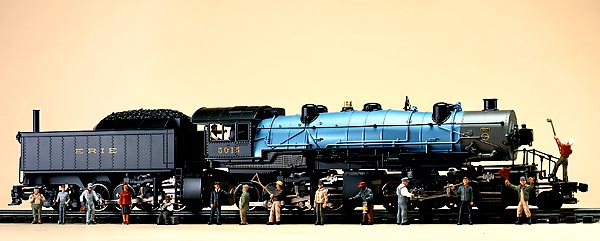
NO, THIS ISN’T THE review about the blue Erie 0-8-8-0. While this Triplex locomotive shares much in common with the 0-8-8-0 (blue boiler, Erie Railroad, same O gauge manufacturer), it’s got even more wheels – 28 in total! A Baldwin Locomotive Works engineer created the Triplex to balance the costs (in men and machines) associated […]
Read More…












